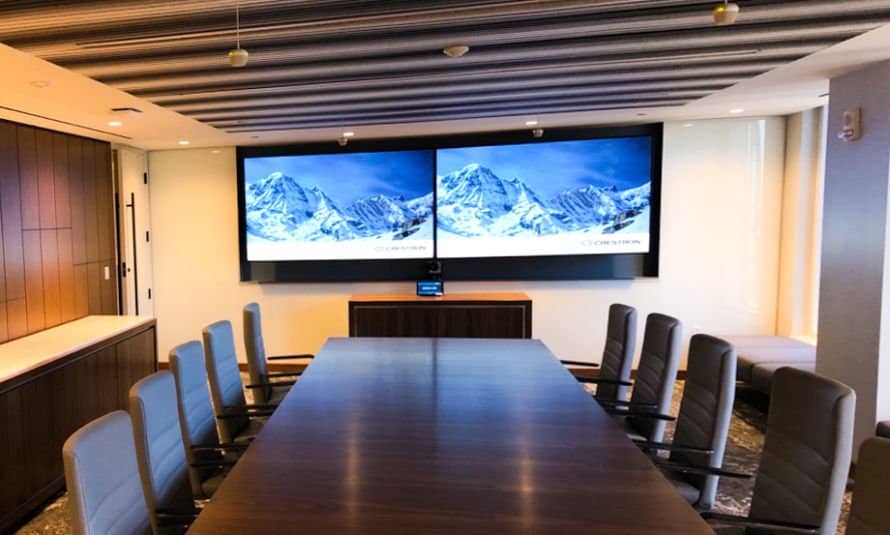Investigating the Development of Digital Signage Tech and Its Impact on Installation Practices
Wiki Article
Electronic display technology has come a significant way since its beginning. Initially, signs were fixed and needed manual updates, which could be labor-intensive and challenging. With the advancement of technology, digital signage has developed into a dynamic and engaging platform. Today, displays can exhibit lively images, footage, and live information, making them more engaging for viewers. This transformation has not only altered how information is displayed but has also transformed the way companies and entities communicate with their audiences.

One of the key developments in digital signage technology is the utilization of high-definition screens. These displays offer better clarity and color accuracy, which improves the overall viewing encounter. Additionally, the introduction of light-emitting diode and liquid crystal display systems has made it possible to produce thinner and lighter screens. This has allowed for more flexible setup options, such as surface installation, hanging, or even freestanding screens. As a result, companies can choose the best configuration that suits their space and customer requirements, making digital signage a flexible answer for different environments.
Another notable development is the incorporation of content management platforms (CMS). These platforms allow operators to quickly create, schedule, and oversee material across multiple screens from a unified platform. This capability is particularly advantageous for businesses with multiple sites, as it guarantees consistent messaging and identity. Furthermore, many CMS systems offer cloud-based solutions, allowing remote access and instant updates. This means that businesses can promptly react to changes in information or promotions, maintaining their material fresh and relevant.
The effect of digital signage solutions on installation methods cannot be overlooked. With the growth of engaging displays and touchscreens, installation has become more complicated. Technicians must now take into account factors such as wiring, networking, and customer engagement. Additionally, the need for appropriate installation and positioning is crucial to ensure maximum sightlines and accessibility. As a result, professional setup solutions have become more important, as they bring knowledge in both systems and design to create effective digital signage systems.
In summary, the development of digital signage solutions has significantly influenced installation methods and the way data is shared. With advancements in more info here screen technology, media administration systems, and installation techniques, businesses can develop captivating and impactful displays that captures the attention of their audience. As digital signage continues to expand and evolve, it will undoubtedly play a vital role in shaping the future of interaction in multiple sectors.